Summary | Excerpt | Reading Guide | Reviews | Beyond the book | Read-Alikes | Genres & Themes | Author Bio
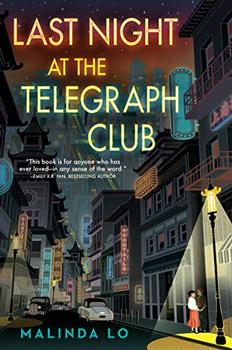
Critics' Opinion:
Readers' Opinion:
First Published:
Jan 2021, 416 pages
Paperback:
Dec 2021, 432 pages
 Book Reviewed by:
Book Reviewed by:
Michelle Anya Anjirbag
Buy This Book
Author Malinda Lo takes readers to Chinatown, San Francisco in 1954, where 17-year-old Lily Hu is looking to her future amidst the Red Scare, cultural pressures and discovering who she is – and who she loves – in Last Night at the Telegraph Club. The young adult novel follows Lily as she navigates her last year of school as a Chinese American girl who has aspirations of a career in math like her Aunt Judy who works for the Jet Propulsion Laboratory.
Lily starts a friendship with Kathleen Miller – the only other girl in the advanced math class – while grappling with questions about her sexuality, feelings she does not have words to express, but that she cannot deny. Kathleen takes Lily to the Telegraph Club to see a male impersonator, and in this new world, Lily finds the space and words to better understand herself, and the feelings she realizes that she has for Kathleen. But unfortunately, it is still the 1950s; Joseph McCarthy might have fallen out of favor, but the Red Scare is far from over, and Lily is doubly threatened as a lesbian and as someone of Chinese descent as the United States becomes more opposed to China's leftist movement. Lily's freedom in discovering who she is conflicts with her loyalty to her family — her father's citizenship papers are taken by the FBI after she inadvertently associates with someone suspected of being a communist. At the same time, Kathleen's presence in Lily's life leads to tension with Shirley, her best friend since childhood. But the Telegraph Club remains a stolen space of freedom, and having found that space, Lily cannot just go back to who she was before. Lo gives readers a deep exploration of love across boundaries, unfettered in both its joy and its pains, that's easy to empathize with.
The novel is told primarily from Lily's time, but also includes flashbacks to her parents' lives, interspersed with historical context. The latter is thorough but far from dry, and an author's note further explores some of the themes. Lo explains that the inspiration for Lily came from two books on uncovered histories of women in rocket science and a queer history of San Francisco that included people of color in this community. She also provides specific histories on language, the 1950s, San Francisco and Chinatown specifically, plus a bibliography of further resources. Lo's extensive research makes this a YA novel with real historical teeth, grounded in the time period, geography, culture and history it is representing, offering a new window into an underrepresented intersection of identities. She does not sugarcoat reality, but still leaves readers with a sense of hope and appreciation for the power of young love and the true freedom of knowing oneself.
Last Night at the Telegraph Club is a powerful coming-of-age story that expands on hidden histories of a particular period of the United States from several angles, in beautiful, moving prose.
![]() This review was originally published in The BookBrowse Review in February 2021, and has been updated for the
January 2022 edition.
Click here to go to this issue.
This review was originally published in The BookBrowse Review in February 2021, and has been updated for the
January 2022 edition.
Click here to go to this issue.

If you liked Last Night at the Telegraph Club, try these:
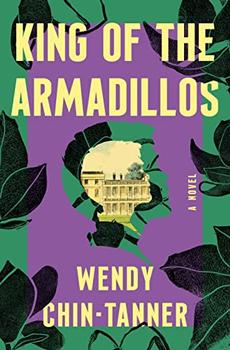
by Wendy Chin-Tanner
Published 2024
A transcendent debut novel about family, love, and belonging, set against the backdrops of 1950s New York City and a historical leprosarium in Louisiana, following one young man's quest to not only survive, but live a full and vibrant life
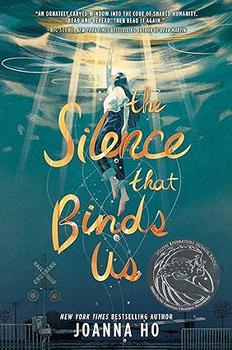
by Joanna Ho
Published 2023
Joanna Ho, New York Times bestselling author of Eyes That Kiss in the Corners, has written an exquisite, heart-rending debut young adult novel that will inspire all to speak truth to power.
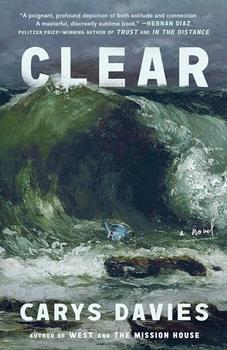
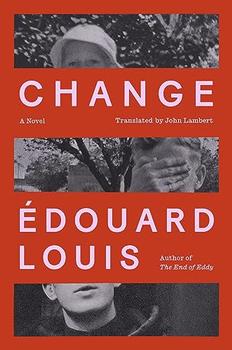
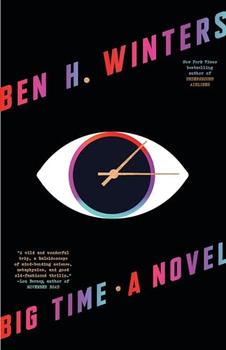
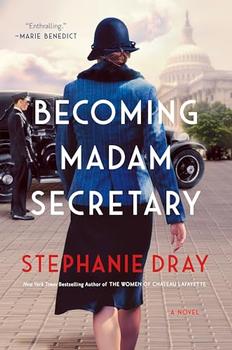
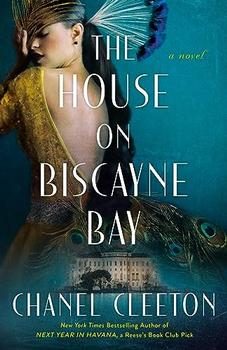
The House on Biscayne Bay
by Chanel Cleeton
As death stalks a gothic mansion in Miami, the lives of two women intertwine as the past and present collide.
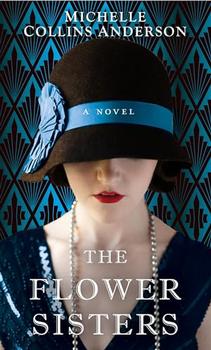
The Flower Sisters
by Michelle Collins Anderson
From the new Fannie Flagg of the Ozarks, a richly-woven story of family, forgiveness, and reinvention.
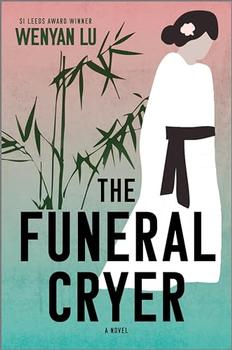
The Funeral Cryer by Wenyan Lu
Debut novelist Wenyan Lu brings us this witty yet profound story about one woman's midlife reawakening in contemporary rural China.
Your guide toexceptional books
BookBrowse seeks out and recommends the best in contemporary fiction and nonfiction—books that not only engage and entertain but also deepen our understanding of ourselves and the world around us.